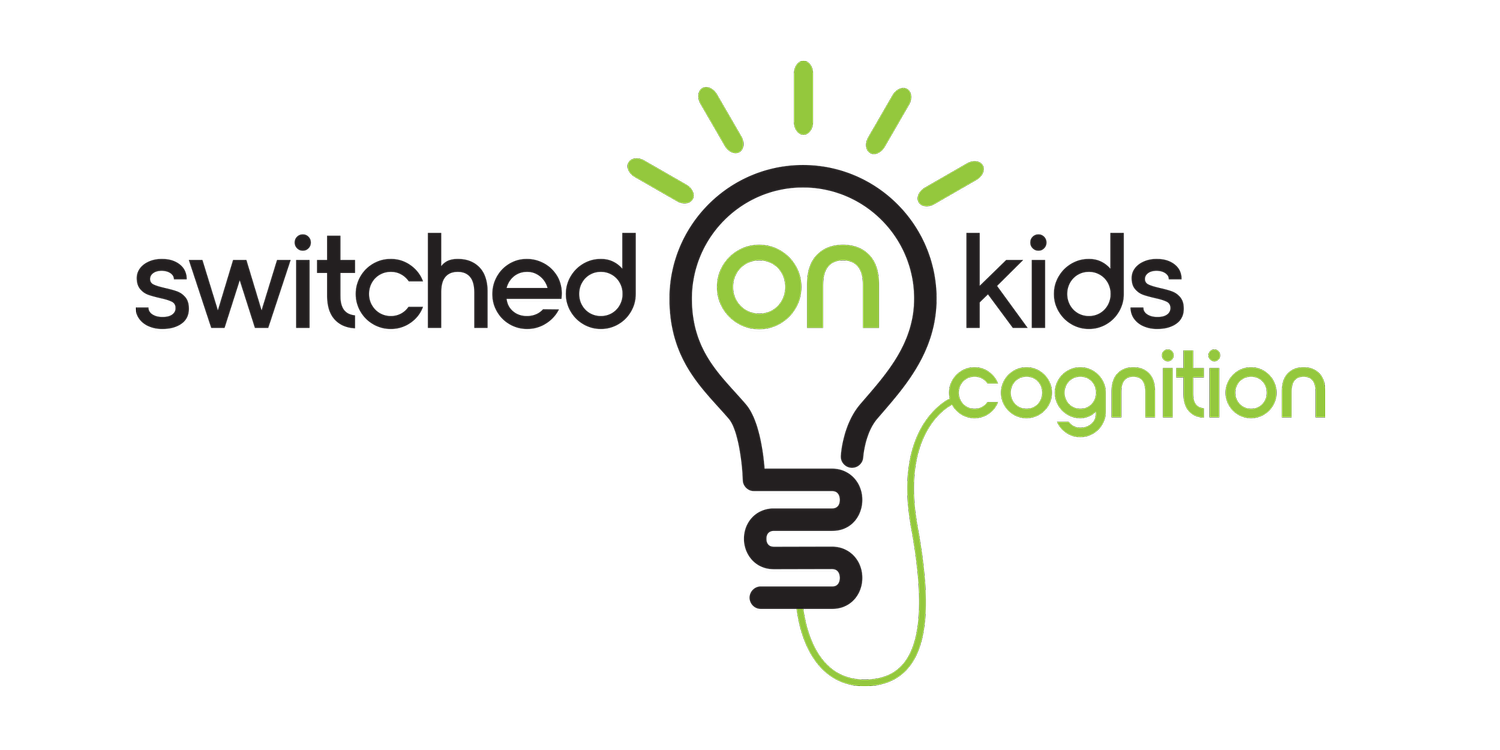Regulation
Parenting with neurodevelopment in mind!
Parenting advice has changed dramatically in the last 100 years. Consider the advice given by a parenting guru less than one hundred years ago: Psychologist John Watson 1928 – “Never hug and kiss your children, never let them sit in your lap. If you must, kiss them once on the forehead when they say goodnight” …
Moving into the 1960s parenting advice was strongly influenced by behaviourism. Principles of operant conditioning outlined how to use punishment or reinforcement (rewards etc) to influence behaviour. Today we know that punishment is not effective (in fact it can be extremely damaging). Likewise, too many positive reinforcers (reward charts, stickers, lollipops) become meaningless fast. Rather, science now enables us to view behaviour via a neurodevelopmental lens. Understanding how the brain develops means we can adjust our expectations and consider how environment and experience influence development throughout infancy, childhood and into early adulthood. This opens up an entirely new way of viewing and responding to behaviour (including our own).
My work is hugely influenced by the work of Mona Delahooke, my experience working with children and my learnings from a PhD in cognitive neuroscience. Our children are not born with fully developed brains. Regions of the brain such as the frontal lobes are not fully developed until our mid-20s! So, parents … sit back for the long haul! The effects of becoming bipedal 7 million years ago changed the birth canal of females. Larger human brains developed around 2 million years ago. The constraints of female anatomy mean that women give birth to immature, underdeveloped and largely helpless infants. A baby’s motor and communication develop relatively slowly compared to other animals. For example, it takes humans two years to walk versus a baby giraffe that is on its feet within minutes.
Young humans develop complex motor and communication/language skills FAR before they develop high-level cognitive and executive function skills, including emotion regulation. The ability to regulate our emotions is a very high-level (human) skill that continues to develop well into our teen years and early adulthood. Slowly developing systems are very SENSITIVE to their environment. They are highly “plastic” (that is, they can be modified) and go through a long sensitive period where they can be influenced in both positive and negative ways.
All sensory systems go through sensitive or critical periods. Critical periods are well studied in vision and language. If we miss exposure to certain environmental stimuli, we will never develop certain abilities such as binocular vision and language. Hubel and Weisel (1970) received a Nobel prize for their discovery that the visual system must be exposed to light early in development for binocular vision to develop (they studied the visual systems of very unfortunate kittens). Similarly, cases of “wild children” have found that we must be exposed to language before a certain period (well before 12 years of age) for it to develop normally.
Critical or sensitive periods for emotional regulation are not as clear cut; however, we do know that exposure to adverse events affects emotional development. Areas of prefrontal cortex (PFC) are slow to develop and connect with other cortical and subcortical regions well into early adulthood (Gotgay et al., 2004; Durston et al., 2006). This makes this brain region particularly sensitive to risks such as trauma, poverty, isolation, parental stress and exposure to addictive substances (iPads? alcohol). We are learning more about the effects of screen time, lack of socialization due to Covid lockdowns, and other stressful situations on the developing brain. On a positive note, exposure to positive experiences and a warm loving environment WILL lead to enhanced emotional regulation and a great repertoire of social skills and coping capabilities.
ADHD guru Russell Barkley points out that a core facet of ADHD is deficient emotional self-regulation. Research shows that problems with emotional regulation are predictive of difficulties with social rejection in children with ADHD, marriage problems in adults with ADHD, workplace issues and job dismissal, road rage and crash risks while driving, impulse buying/financial difficulties; and “greater parenting stress and family conflict in parents of children with ADHD; greater stress in parents with ADHD” (Barkley & Fischer, 2010). Issues with emotional dysregulation do not go away. A large meta-analysis found that emotional regulation remains a core feature of ADHD in adults (Beheshti et al., 2020).
Emotional regulation relies on extensive interactions and connections between areas of the prefrontal cortex and amygdala, hippocampus and basal ganglia (Hare et al., 2005; Sokol-Hessner et al., 2013). The tight interconnections of these areas with frontal brain regions means that how we feel (our emotions) influences how we think. We know that executive function skills and emotional regulation develop over a long period. Each system depends on the maturation of the systems beneath it. For example, if kids struggle with working memory, they will struggle with higher-level executive function skills.
The fact that prefrontal cortex, executive functions and emotional regulation are not developed until we are in our twenties has huge implications. This is particularly true when we consider that neurodivergent kids often lag 3-5 years behind in these skills. We cannot expect kids to regulate emotions on their own. Even as adults we will reach out to a friend or safe person during times of emotional stress.
When we are tired and anxious ourselves, we are more prone to “emotional flooding” and our own “fight or flight” responses. This means we need to attend to our own needs, and are less in tune with our kids who in turn cry out for more connection and so the cycle continues. One of the greatest challenges of parenting is learning our self-regulation skills before expecting them of our child. Think of it like the advice given on planes: secure your oxygen mask before helping a child. Kids learn emotional regulation by practicing it and by watching it modelled. Regulating our own emotions is not easy and kids are exquisitely in tune with parental levels of stress. Co-regulation must occur over and over again with a safe adult in a safe environment before a child (or teen) can regulate emotions on their own. There are strong links between the emotion regulation brain circuity of a parent and the development of the same circuits in their child (Kerr et al., 2019). When we can regulate our emotions, we are less reactive and more able to cope with our world. Self-regulation is a developmental process. Children begin to regulate emotions at approximately ages 4-5, a process which continues for many years. We cannot punish kids who cannot regulate emotions (likewise, we cannot reward a child for something they cannot be expected to do yet).
When strong emotions (such as fear or stress) take over, regions of the brain such as the amygdala will hijack areas of the frontal lobe that control logic, thought and cognition. When we are stressed, we literally cannot think. Parenting a neurodivergent child is stressful and there is a relationship between high levels of parental stress and children’s atypical cortisol (stress hormone) concentrations (Korpa et al., 2017). The ability of parents to cope and regulate their emotions is related to how children regulate their emotions. A recent study found this effect was particularly pronounced in boys (Peisch et al., 2020). When we can regulate our own emotions, our children will be more likely to be able to regulate theirs (even if they have been exposed to early adverse life events) (Milojevich et al., 2020). Modelling appropriate stress responses has even been shown to help to decrease levels of stress hormones such as cortisol in children (Hostinar et al., 2015).
Children are very reliant on parents and trusted caregivers to help them to regulate. Social referencing (watching the reactions of adults) is vital for the development of emotion regulation skills (Walden & Ogan, 1988; Zarbatany & Lamb, 1985). Kids are strongly aware of social anxiety cues and we must never underestimate the transmission of anxiety from parent to child (de Rosnay et al., 2006; Atkar et al., 2014). A calm parent matters and we must learn to nurture ourselves to nurture our kids. I love this quote from the Gottman Institute: “It’s not your job to stop a child from having a tantrum. It’s your job NOT to have one”.
The way we model behaviours and the things we expose our children to have a vital impact on their development. Over two decades of life, humans learn a rich repertoire of emotion regulation skills. A chimpanzee shares 99% of our DNA but cannot discuss complex feelings of jealousy or betrayal with a friend. The areas of our brain that develop these skills go through a period of slow development and have a period of neural plasticity that lasts a very LONG time.
Emotional regulation is a supportive process that occurs between children and adults. It does not happen overnight and it does rely on adults being able to manage their own emotions. This is not easy and we often need (and should) reach out for help ourselves. We can help our children manage strong emotions by providing warm and positive relationships, unconditional positive regard, and a safe environment with predictable routines.
To learn more about emotion regulation and my 1:1 services, please see HERE.
References
Aktar, E. et al. (2014). Parental social anxiety disorder prospectively predicts toddlers’ fear/avoidance in a social referencing paradigm. Journal of Child Psychology & Psychiatry, 55(1):77-87.
Barkley, R.A. & Fischer, M. (2010). The unique contribution of emotional impulsiveness to impairment in major life activities in hyperactive children as adults. Journal of the American Academy of Child & Adolescent Psychiatry, 49(5):503–513.
Beheshti, A. et al. (2020). Emotion dysregulation in adults with attention deficit hyperactivity disorder: a meta-analysis. BMC Psychiatry, 20(1),120.
de Rosnay M. et al. (2006). Transmission of social anxiety from mother to infant: an experimental study using a social referencing paradigm. Behaviour Research & Therapy, 44(8):1165-1175.
Durston S. et al. (2006). A shift from diffuse to focal cortical activity with development. Developmental Science, 9(1):1-8.
Gogtay, N. et al. (2004). Dynamic mapping of human cortical development during childhood through early adulthood. Proceedings of the National Academy of Science USA,101(21):8174-8179.
Hare, T.A. et al. (2005). Contributions of amygdala and striatal activity in emotion regulation. Biological Psychiatry, 57(6):624-632.
Hostinar, C.E. et al. (2015). Parent support is less effective in buffering cortisol stress reactivity for adolescents compared to children. Developmental Science, 18(2):281-297.
Hubel, D.H. & Wiesel, T.N. (1970). The period of susceptibility to the physiological effects of unilateral eye closure in kittens. Journal of Physiology, 206(2):419-436.
Kerr, K.L. et al. (2019). Parental influences on neural mechanisms underlying emotion regulation. Trends in Neuroscience, Education, 16:100118.
Korpa, T. et al. (2017). Mothers' parenting stress is associated with salivary cortisol profiles in children with attention deficit hyperactivity disorder. Stress, 20(2):149-158.
Milojevich, H.M. et al. (2020). Early adversity and children's emotion regulation: Differential roles of parent emotion regulation and adversity exposure. Developmental Psychopathology, 32(5):1788-1798.
Peisch, V. et al. (2020). Parent Socialization of Coping and Child Emotion Regulation Abilities: A Longitudinal Examination. Family Process, 59(4):1722-1736.
Sokol-Hessner, P. et al. (2013). Emotion regulation reduces loss aversion and decreases amygdala responses to losses. Social Cognitive & Affective Neuroscience, 8(3):341-350.
Walden, T.A. & Ogan, T.A. (1988). The development of social referencing. Child Development, 59(5):1230-1240.
Zarbatany, L. & Lamb, M.E. (1985). Social referencing as a function of information source: Mothers versus strangers. Infant Behavior & Development, 8(1):25-33.


